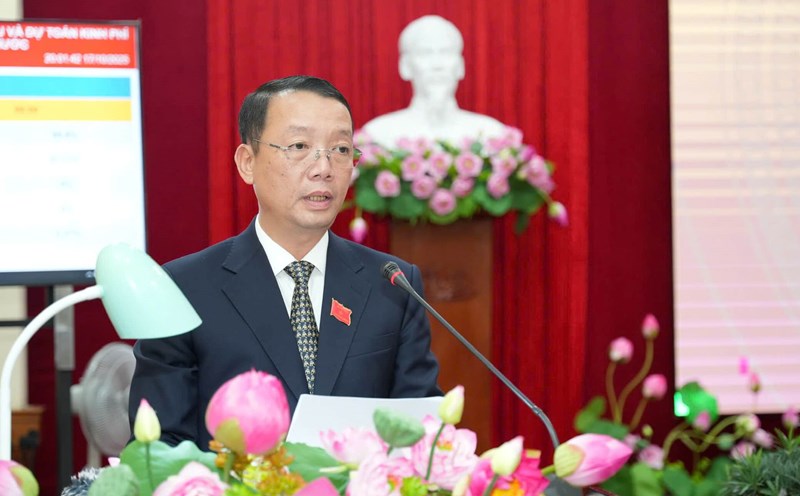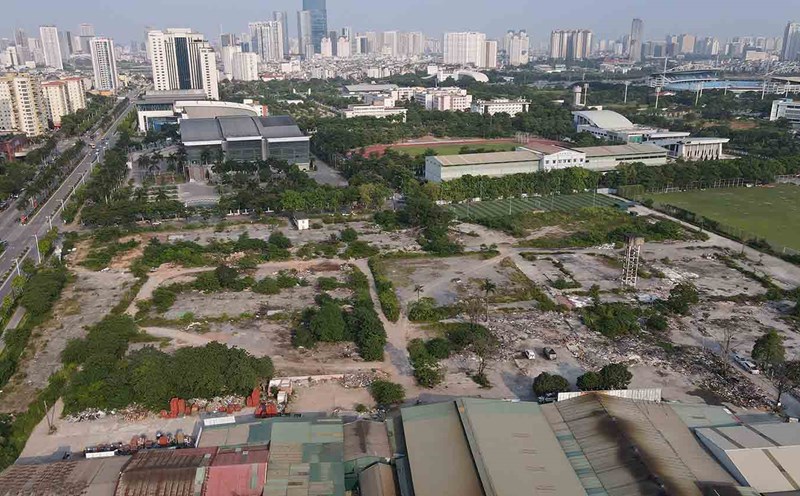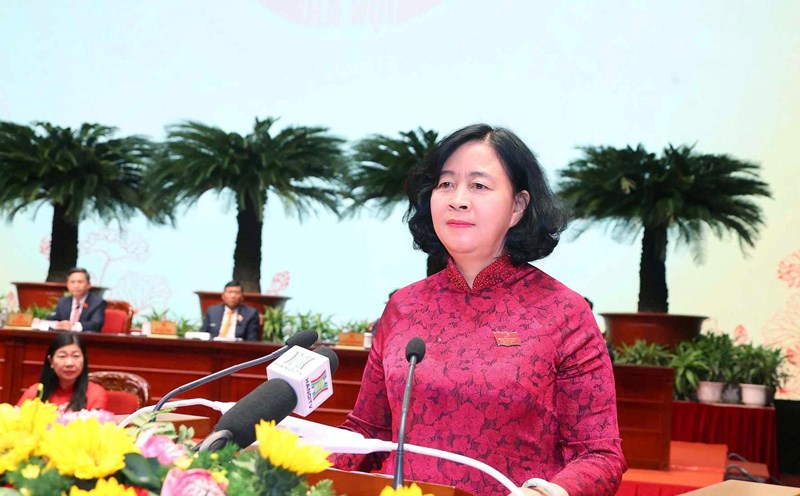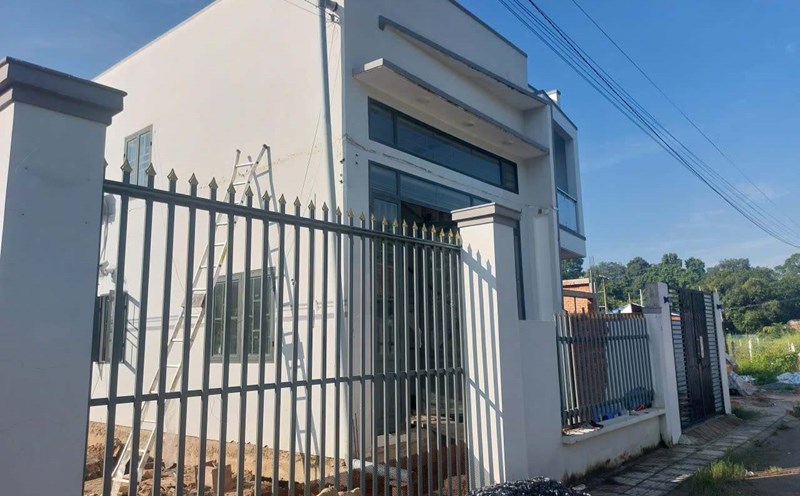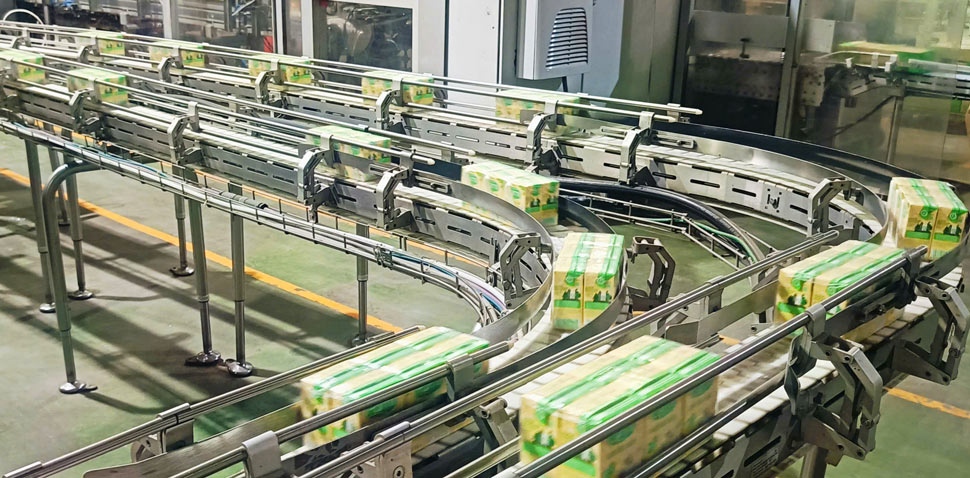
Technology innovation - an inevitable step but full of challenges
At Quang Ngai Sugar Joint Stock Company (QNS), science and technology have become a pillar of development. Mr. Vo Thanh Dang - General Director of QNS said that the enterprise is currently applying synchronous mechanization in raw material areas, combining data analysis to improve sugarcane varieties, soil nutrients and weather forecasting. Thanks to the synchronous application of these solutions, the average sugarcane yield reaches 77 tons/ha, aiming for over 100 tons/ha when fully mechanized.
However, according to Mr. Dang, automation means that many stages no longer need a large number of unskilled workers as before. Technology helps businesses save costs and increase efficiency, but also raises questions about reusing old workers. If they are not retrained, their jobs will be threatened, he said.
At Dung Quat Oil Refinery - Binh Son Refining and Petrochemical Joint Stock Company (BSR), Mr. Tran Hai Ninh - Director of the Innovation Center said that the plant is implementing an integrated management system ERP, while applying AI, big data and digital models (Digital Twin) in the operating forecast. Modern lines help optimize costs, save energy and reduce dependence on manual labor in many monitoring stages.
Mr. Ninh admitted that this transformation is creating a "dis playing field" between labor supply and demand: there is a surplus of unskilled human resources but a lack of high-tech human resources. To meet new technology, businesses must invest in equipment and human resources in parallel. The difficulty is that many workers are not skilled enough to operate the modern system, while there is still a shortage of high-quality human resources in the country, he said.
According to the Ministry of Labor, War Invalids and Social Affairs, about 70% of Vietnam's workforce has not yet received formal training, limiting their ability to adapt to new technology. Meanwhile, according to the International Labor Organization (ILO), up to 70% of job positions in the textile, footwear, and component assembly industries could be replaced by automation within the next 10 years.
These figures show that automation is an irreversible step forward, but it is also a big challenge for workers.
Between the automatic line - the concern of workers
At a garment factory in Hanoi, Ms. Nguyen Thi Huong (35 years old) said that the factory has recently brought in many automatic programs cutting and sewing machines. "The machine is twice as fast, and it doesn't get tired. I just stood there and watched. The elderly women could not keep up, they were transferred to temporary work in the packaging stage, with lower salaries than before, said Ms. Huong.
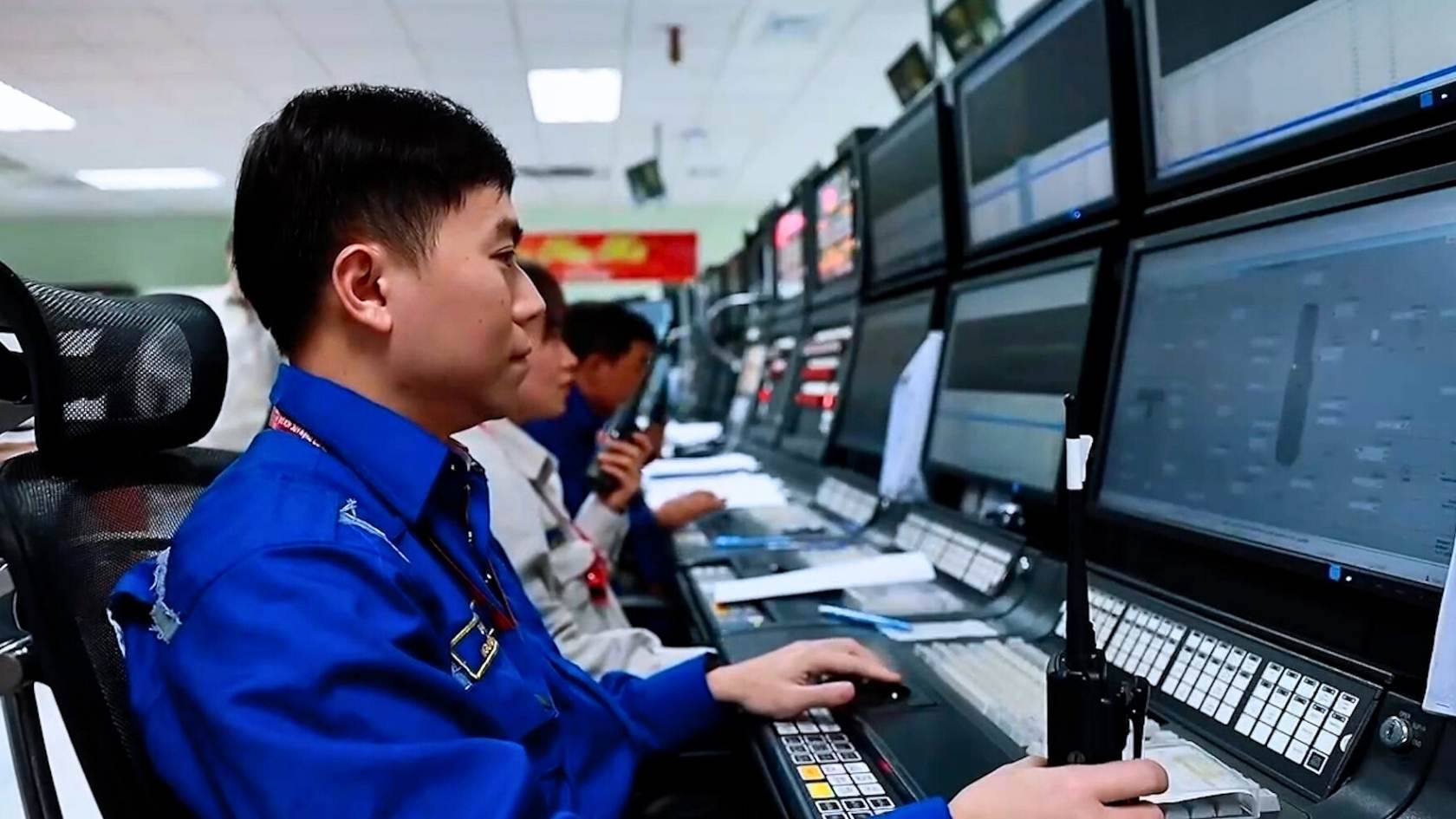
As for Ms. Tran Thi Lan (31 years old) - a communications staff at an e-commerce company in Hanoi, the concern does not come from robots in factories, but from artificial intelligence (AI) on computer screens. Previously, content writing, design and advertising planning jobs used to make her work late at night, now they can complete it many times faster thanks to AI tools. That is why Ms. Lan's biggest concern now is that she could be replaced by modern tools and fired at any time.
Such stories reflect a picture of clear change: technology helps increase productivity, but creates pressure for workers.
Most workers hope that businesses will support vocational training, retraining and have a clear roadmap when converting technology, instead of cutting or only recruiting new young workers.
Technology innovation is an irreversible trend, but for this process to take place sustainably, both businesses and workers need to be upgraded together. Workers hope to have more training support programs, while businesses need clear incentive mechanisms to boldly invest in people, not just machinery. Along with that, policies to support the development of high-quality human resources from the State level will be the decisive factor in this journey.



